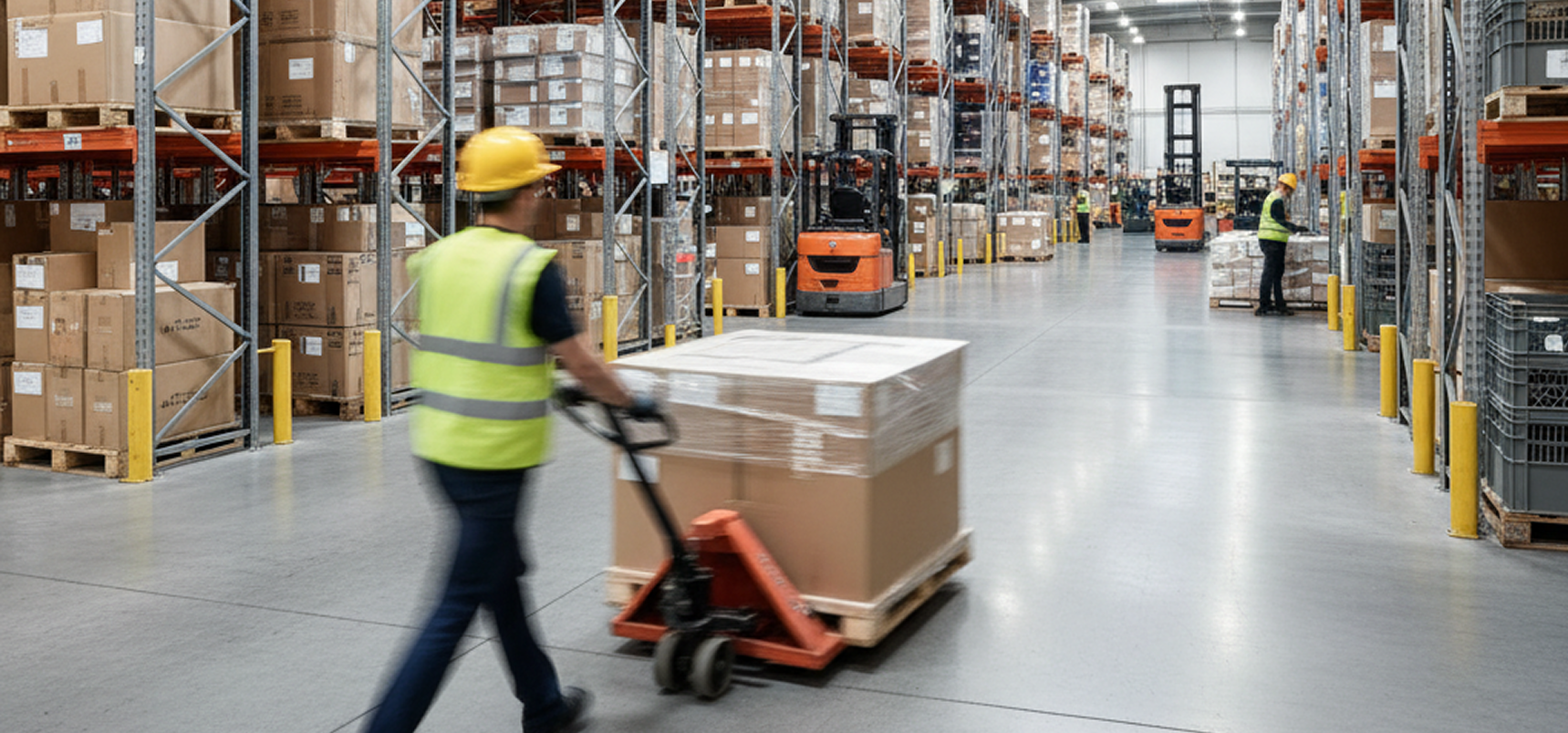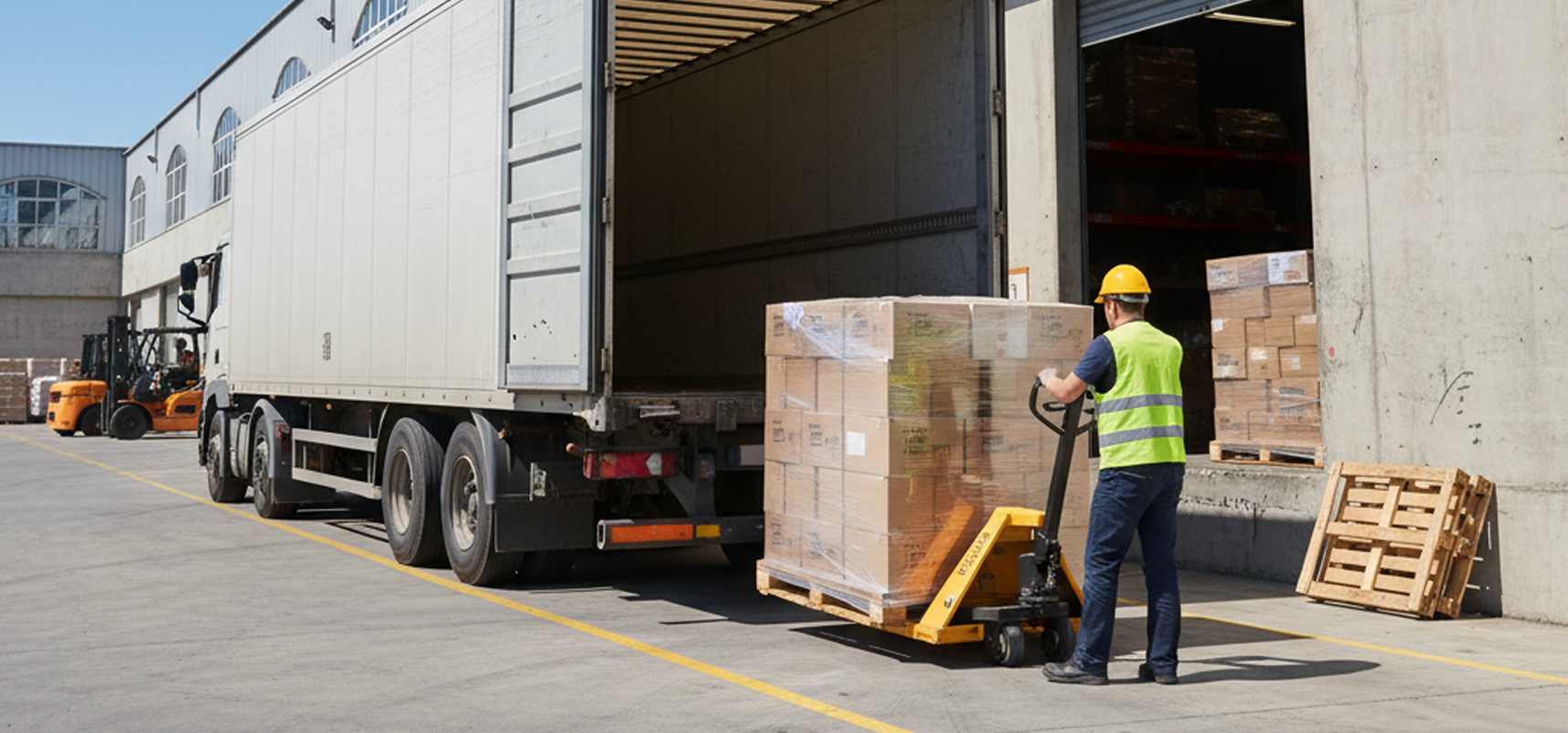Infrastructure quality in Alexandria is mixed, with ongoing urban development and waterfront improvements but persistent challenges in public transit integration, water network efficiency, and environmental management.
Population
Area
Density
110,920
The projected net population growth in Alexandria for 2024 is 108,000.
62.6%
67% of the population in Emerging Asia, India, Latin America, the Caribbean, and the Middle East and North Africa is of working age.
Key industries include petrochemicals, textiles, food processing, and chemicals, with major corporations like Sidpec, Ethydco, and Sabry Group playing significant roles.
Tertiary attainment among young adults aged 25-34 in OECD countries increased from 45% in 2019 to 48% in 2024, placing it among top OECD nations.
Foreign Residents
The average income for foreign residents in Alexandria is about 4.5 million yen with 50% earning less.
Ethnic Composition
Foreign residents in Alexandria surpassed 0.2 million in 2024, making up about 3.5% of the city population, with largest groups from Palestine, Syria, Sudan, and South Sudan.
Commuting information not available
Alexandria continues to attract residents from other regions with a net inflow of people in 2024.
2.1K
The average annual income in Alexandria is about 1.07 million yen, though more than half earn less than this amount.

21.6%
Warehouse lease rates in Alexandria typically range from $11.50 to $23.75 per square foot annually, with available spaces spanning flex, office, and industrial classes.
Alexandria Port Depot, King Mariot Warehouse, Minet El-Bassal district, Alexandria Public Free Zone.
Alexandria’s last-mile delivery infrastructure features a network of local delivery professionals, on-demand digital platforms, and a variety of vehicles enabling same-day and final mile deliveries for parcels, retail goods, and bulky items directly to homes and businesses.
Warehouse automation involves integrating technology to streamline inventory movement, from receiving to shipping, using systems like autonomous robots and automated storage to enhance efficiency and reduce manual labor.
Cold storage and specialty warehousing facilities in Alexandria provide temperature-controlled environments for perishable goods, pharmaceuticals, and other sensitive products, offering services such as refrigerated storage, compliance management, and mobile refrigeration solutions.

Manufacturing, shipping, warehousing, banking, food processing, petrochemicals, cement, textiles, chemicals, plastics, agriculture, and commerce.
Alexandria Container & Cargo Handling Company, Trans Misr Terminal (TMT), Logistics Plus, Easy Way Logistics, JENOA Cargo Freight & Customs Clearance Services, Alfa Trans, ONE WAY Logistics, Global Logistics Solutions, Phoenix Logistics, Easy Fresh Logistics S.A.E., New Marine, 4 Stars for Shipping and Clearance, Arabian Freight Lines.
Alexandria handles significant import and export volumes—recently exporting 185,000 tonnes of food products in one week and ranking second among Egyptian ports—with key trading partners including Saudi Arabia, Sudan, Yemen, and Spain.
Supply chain resilience in Alexandria is challenged by geopolitical risks, port congestion, and infrastructure limitations, making diversification, logistics modernization, and contingency planning essential for risk mitigation.
Alexandria has advanced steel manufacturing facilities, ongoing upgrades to tire production, and new projects in solar panel glass and automotive battery manufacturing.
Main industry clusters in Alexandria include petrochemicals, refined petroleum, fertilizers, cotton textiles, processed food, paper, plastics, tourism, transportation, and commercial trade.
Strategically positioned maritime logistics hub with competitive port tariff structures, efficient intermodal transportation connections, advanced digital documentation processes, streamlined customs clearance mechanisms, and critical connectivity between European, Asian, and African markets near the Suez Canal.
Detailed evaluation of Alexandria's infrastructure quality, investment projects, utility systems, and environmental considerations for strategic planning.
Alexandria’s infrastructure is undergoing major upgrades in transport and sustainability, but faces significant challenges in building safety, transit integration, and resilience to climate impacts.
Planned infrastructure investments in Alexandria include major upgrades to public transport such as the electrification of the Abou Qir Metro Line, new rail track and bridge projects, flood relief culvert improvements, and a range of capital projects for roads, schools, parks, and public facilities.
Alexandria's utility infrastructure includes power provided by Dominion Energy, water by Virginia American Water in Alexandria, VA, and internet services by providers like Verizon and Comcast, while in Alexandria, Egypt, utilities face challenges such as inefficient water distribution and inadequate waste management.
Key environmental factors affecting logistics in Alexandria include air pollution from dust and industrial emissions, marine pollution, noise, and vulnerability to climate change impacts such as rising sea levels and extreme weather.